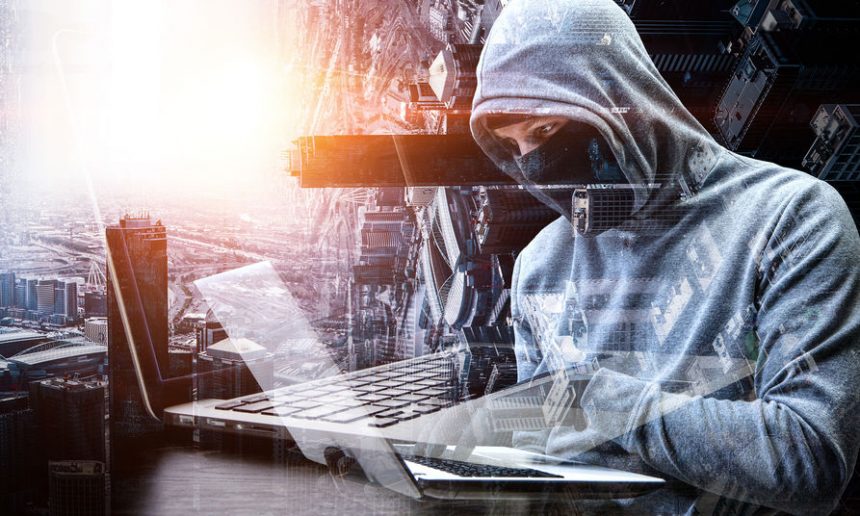Most of us have countless online accounts and that means protecting our data and accounts is more difficult, especially when it comes to creating passwords.
There are some simple ways you can protect your data by being cautious when and where you logon to access your accounts and by creating strong and unique passwords. This is especially important when you’re on the road.
Avoid logging in to your accounts using public or open wi-fi. Always make sure the wi-fi you’re using is protected. You’ll typically get a notification if it’s not secure.
Creating a strong and unique password is more challenging with numerous accounts and it’s tempting to come up with something that’s easy for you to remember. Unfortunately, that’s usually information that most people either know about you or can easily get on social media. It’s also important not to get too social with personal information on social media. Hackers can easily guess passwords based on that information. Security experts also advise against using the same password across different accounts or reusing old ones.
So, how do you create a strong and unique password for your multiple accounts?
Go Long and Complicated. At least 12 characters of seemingly random uppercase and lowercase letters, numbers, and symbols. One of the best and easiest things to do is to create a long password out of an easy-to-remember phrase, then throw in some special characters. For example, a phrase could comprise of 5 short letter words, capitalize some of those letters, replace some of the letters with symbols or add symbols to the phrase.. See my blog for a written example.
For example: “Th3W1ldC0yoteR0am$Th3C1ty!” Don’t include your name, birthday, or references to other personal details like your children’s information either.
Don’t Recycle – Recycling or using the same password across accounts means that if one account is hacked, every account with that password can be hacked. So, Simply come up with another phrase.
Always use what’s called two-factor authentication, which requires you to enter a second form of identification, like a code texted to your smartphone, to log in to an online account. Some online sites, especially financial institutes are already requiring it.
If remembering complicated passwords and phrases is overwhelming, consider using a password manager. Some are free but if they cost, the fee is worth your protection.
Password manager services generate and provide complicated, difficult to hack, random passwords for each of your accounts, using encryption to protect them. They’ll also make sure the site you think belongs to your bank actually does before you provide your credentials. All you have to do is remember the one password you create for that service.
If that’s not something you trust or feel is necessary, security experts say there’s nothing wrong with writing down your passwords and keeping them in a safe place. Unless of course, you’re a high profile person.
Lastly, It’s also wise to periodically clean out your digital bag. Get rid of old unused accounts and change your passwords periodically. Some accounts require you do so every 90 days.
Better safe, than sorry
Yours truly,
Ja’Vonne, The Travelng Culturati

